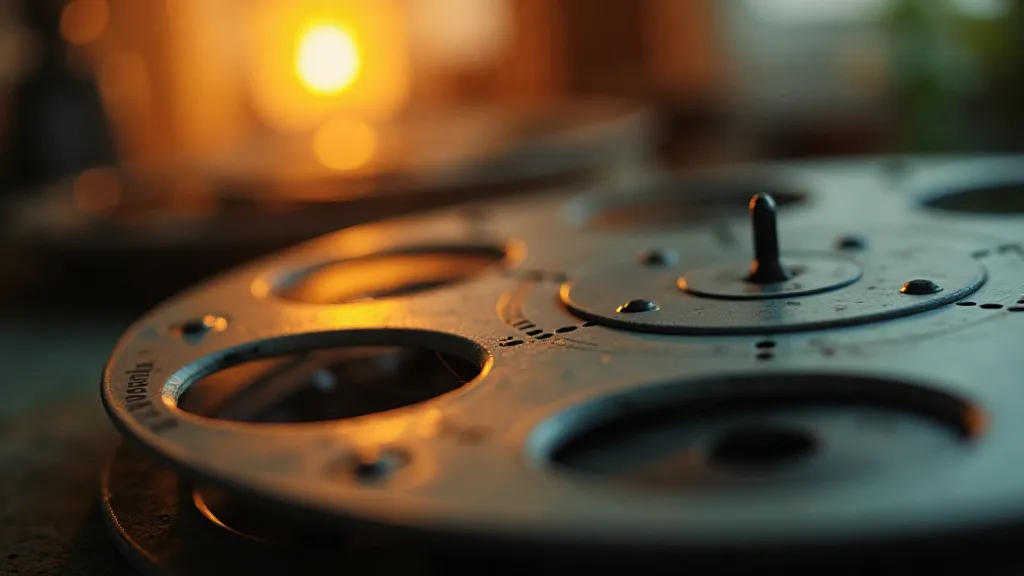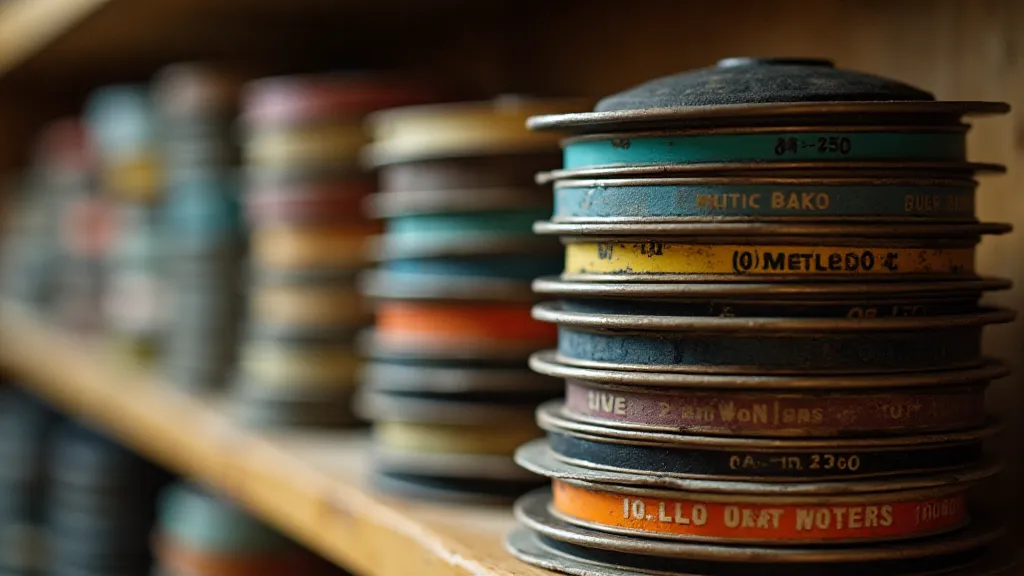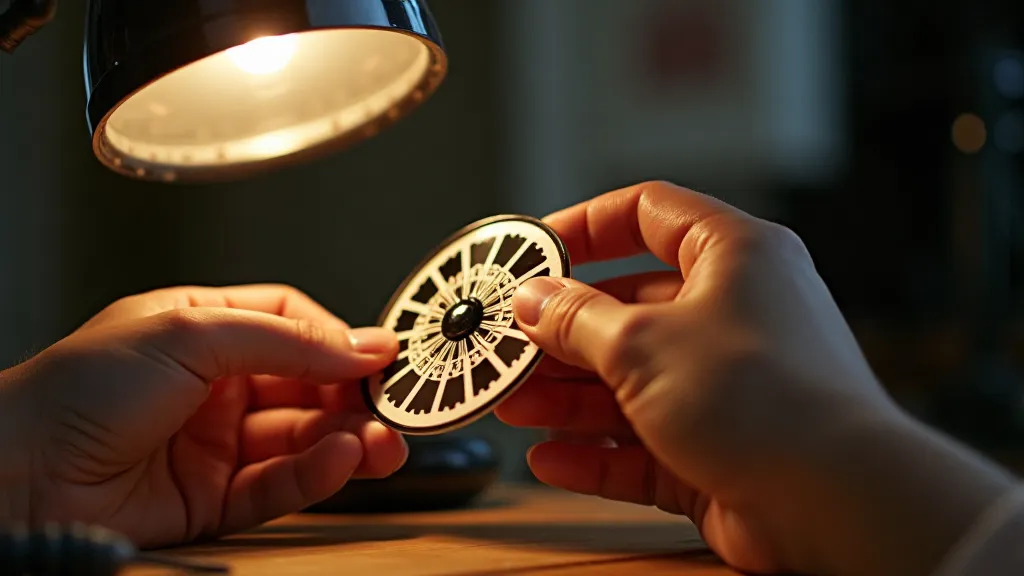The Canvas of Light: Exploring the Artistic Qualities of View-Master Photography
There's a particular magic held within a View-Master reel, a quiet beauty that transcends mere documentation. More than just a novelty toy, it’s a miniature, circular window into a bygone era, offering glimpses of places and experiences long faded from living memory. Restoring these reels isn’t just about repairing plastic; it’s about resurrecting a unique form of visual storytelling, a meticulously crafted art form often overlooked in our era of instantaneous digital imagery. To truly appreciate the restoration process – and to understand why so many collectors dedicate their time to preserving these treasures – we must first examine the artistic qualities that made View-Master photography so distinctive.

A Window into the World: The History of View-Master Photography
The View-Master, conceived by William Babbitt and Fred Harmon in the 1930s, was an immediate success. Initially conceived as a viewing device for stereoscopic travel slides, it quickly evolved into a cultural phenomenon. Imagine the thrill of seeing the Taj Mahal, the Swiss Alps, or a bustling New York City street – all in three-dimensional splendor – before widespread travel became accessible to the average person. These weren't just snapshots; they were carefully composed views, designed to transport the viewer to far-off lands. Early reels often featured locations chosen for their iconic status and visual appeal, reflecting a desire to showcase the wonders of the world.
The early years saw a focus on travel and scenic locations. Later, licenses expanded to include Disney animated characters, national parks, and even historical events. Each reel represented a conscious effort to capture and share experiences, often filtered through a lens of optimism and romanticism. The production process involved a dedicated team of photographers, editors, and technicians, all contributing to the creation of these miniature visual narratives.
Color and Composition: The Art of the Miniature View
The color palette of vintage View-Master reels is immediately striking. Often utilizing Kodachrome film, the colors were saturated and vibrant, albeit often subtly toned down by the manufacturing process. This distinctive hue, combined with the circular format, lends the images a dreamlike quality. Compare this to the hyper-realistic, high-dynamic-range photography of today, and the intentional artistic choices made in the View-Master era become strikingly apparent.
Composition played a crucial role. Unlike candid snapshots, View-Master images were carefully framed to highlight key elements. Foreground and background were often meticulously planned to create a sense of depth and perspective. Architects and landmarks frequently became central figures, emphasizing the grandeur and scale of the scene. Think about a classic reel showcasing the canals of Venice. It's not simply a picture *of* Venice; it's a composition designed to evoke the romance and timeless beauty of the city. This wasn't random. It was artistry.
Storytelling in Circles: The Narrative Power of View-Master Reels
While each image within a reel stands alone as a visual statement, the sequence itself creates a narrative flow. Consider a reel depicting a journey through Yellowstone National Park. The order in which the geysers, waterfalls, and wildlife are presented creates a mini-documentary, a curated experience for the viewer. The carefully chosen imagery – the eruption of Old Faithful, a bison grazing in a meadow, a panoramic vista of the Grand Canyon – combines to tell a story far richer than a single photograph could convey.
The selection of images was also influenced by the target audience. Disney reels, for instance, often follow the narrative arc of a specific animated film, allowing children to relive their favorite scenes. This immersive quality is a testament to the thoughtful storytelling that went into the creation of these reels. It wasn's about simply showing something; it was about creating an experience, evoking a feeling, transporting the viewer to another world.

The Restoration Process: Preserving a Legacy
The challenges of restoring vintage View-Master reels are often subtle but significant. Dust, scratches, and fading are common ailments. Cleaning requires a delicate touch, using specialized archival-safe materials to avoid further damage. Replacing cracked or broken reels is a painstaking process, often involving the sourcing of replacement parts and a keen eye for detail. The goal isn't to make the reels look brand new, but to stabilize their condition and preserve their original character.
Beyond the physical restoration, there’s an intellectual element. Understanding the history of the reel – knowing where it was produced, when it was released, and the context in which it was enjoyed – deepens the appreciation for its artistic value. For collectors, restoration is more than just a hobby; it's a form of preservation, ensuring that these miniature windows into the past continue to captivate and inspire generations to come.
Consider the emotional impact of holding a restored reel in your hand. It’s not just plastic and film; it’s a tangible link to a bygone era, a testament to the artistry and ingenuity of those who created it. It’s a reminder of a time when the world felt a little bit simpler, a little bit more magical, and a lot more accessible through the magic of the View-Master.

A Timeless Art Form
The artistry of View-Master photography transcends its limitations. The circular format, the carefully chosen compositions, the vibrant colors – all these elements combine to create a unique and captivating visual experience. By understanding the history and artistic qualities of these reels, we gain a deeper appreciation for their enduring appeal. And by embracing the restoration process, we ensure that these miniature windows into the past continue to illuminate and inspire for years to come, preserving a truly special piece of cultural heritage.





